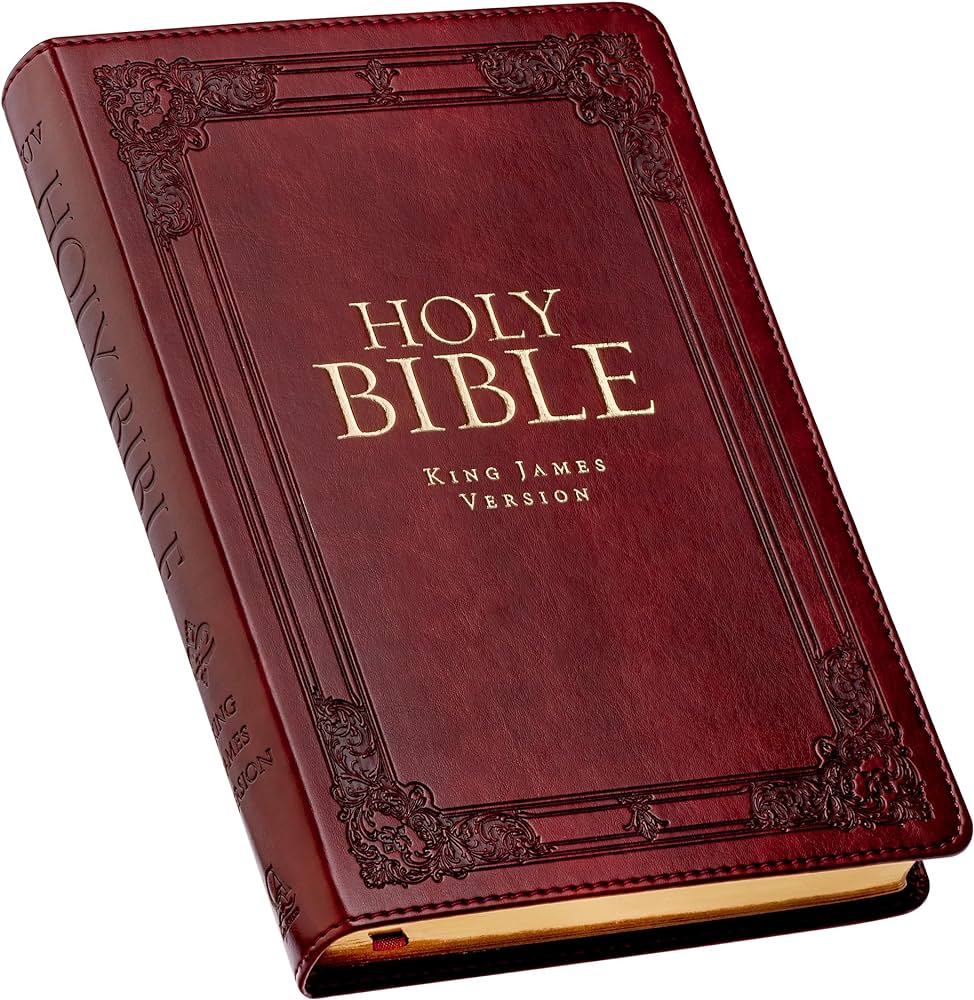If you’ve ever shared the Gospel with Latter-day Saints, you’ve probably run into the “how do we know that verse is correct?” response. This is common after a Christian has shared a passage that seemingly runs counter to a theological position held by The Church of Jesus Christ of Latter-day Saints.
Many times Mormons appeal to Article Eight of the Articles of Faith that includes 13 brief position statements. The first portion of Article Eight says, “We believe the Bible to be the word of God as far as it is translated correctly.” This has generally been understood (at least by many LDS leaders and scholars) to be a criticism against the transmission of the text. This assumption becomes important since, if the biblical texts were not transmitted (copied) accurately, the best translation we have would only be a good translation of bad transmission.
Joseph Smith, the founder of the LDS movement, said, “I believe the Bible as it read when it came from the pen of the original writers. Ignorant translators, careless transcribers, or designing and corrupt priests have committed many errors” (Joseph Smith, Teachings of the Prophet Joseph Smith, p. 327).
On the surface, what Smith desires seems very noble. We would assume that anyone who is interested in Christianity want a Bible that closely reflects what the original writers were trying to express in the text. However, Smith’s solution to the problem was to tell his followers to accept what he had to say about the text. Sadly, many Latter-day Saints make the same exact mistake.
If Smith is referring to the transmission of the biblical text, then his complaint about ignorant translators needs to be tabled for another discussion. In this article I’d like to discuss whether or not “careless transcribers” or “designing and corrupt priests” have really committed “many errors.”
First of all, how does Smith see into the minds of those whom he feels were guilty of corrupting the text? I’m not saying that this is entirely implausible, but is this even a real issue? What would be the motivation to do this? And what alleged alterations can substantiate such a claim? Even if a “corrupt priest” were to alter the text, why would Smith or any of his followers assume the supposed alteration purposely undermined a current teaching in the LDS Church?
For example, did a corrupt priest deceptively remove any reference to God being once a human who eventually married a person whom Mormons call “Heavenly Mother?” Or are we to assume a nefarious scribe took out all references to “key words” and “tokens” that are a part of today’s LDS temple endowment ceremony or expunged all references to faithful followers of Joseph Smith one day becoming gods who will form matter into physical worlds?
The list of such questions can be as long as the list of unique teachings embraced by Mormons. I have often said that to assume an individual (a designing and corrupt priest?) or even a coordinated effort of priests and sloppy copyists could succeed in such wide-spread corruption of the text has to be one of the grandest conspiracy theories of all time!
Is Smith’s accusation of sloppiness and purposeful corruption by early Christians an argument Latter-day Saints should enjoin? Surprisingly, an article that still appears on thechurchnews.com website insists the answer is no. Titled “Scribes were masters of Hebrew law, writings through diligent study,” the piece begins by saying, “In biblical times, scribes were in demand to prepare copies of Israel’s sacred literature on parchment scrolls. Many scribes devoted themselves to preserving and copying the scriptures.”
If the scribes (sofers) felt their parchment scrolls were “sacred,” why would they purposely tamper with them? It makes no sense. The same could be asked about Christian scribes who were given the task of copying the books of the New Testament. Why would we assume that a Christian scribe would see the New Testament text to be less sacred than a Jewish scribe copying the Old Testament?
The article went on to say, “Scribes studied diligently, not only to detect scribal errors but also to understand the meaning of the scriptures.” By this we understand that if a mistake did creep into the handwritten text, there was/is a way of discovering the difference, or “variant.” While most variants are of little importance, the manuscript evidence is damning when it comes to the changes Smith made in his so-called Joseph Smith Translation (JST) that he said he completed in 1833.
As Dr. Daniel B. Wallace, director of the Center for the Study of New Testament Manuscripts, noted in a paper titled “Challenges in New Testament Textual Criticism for the Twenty-first Century,” it can never be known with “absolute certainty that what we have in our hands today exactly replicates the original text.”
However, with all of the original (autograph) biblical manuscripts lost to time, he added that “we have overwhelming probability that the wording in our printed Bibles is pretty close.” This should not discourage us in the least when it comes to believing that what we have in the Bible is what God wants us to know.

